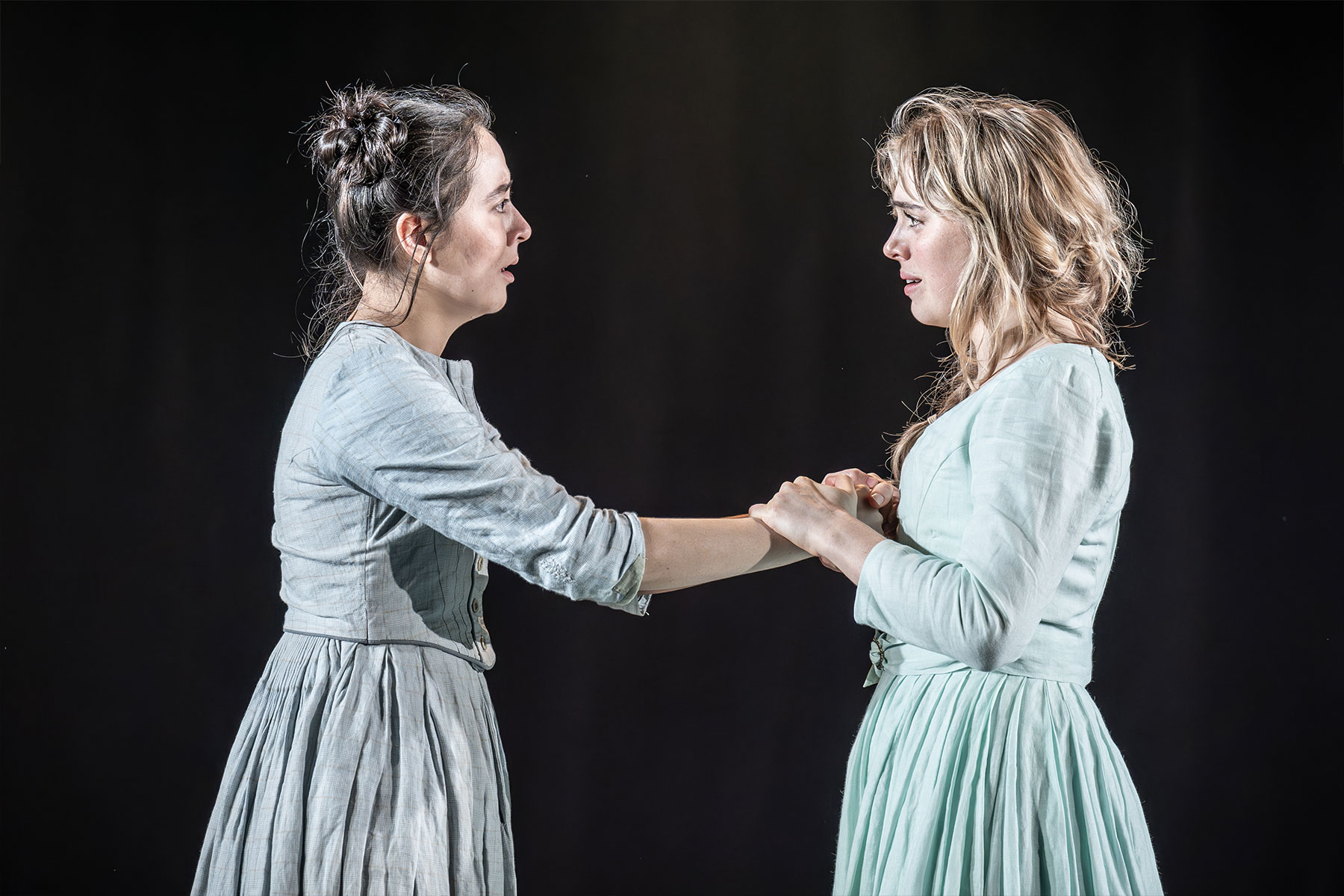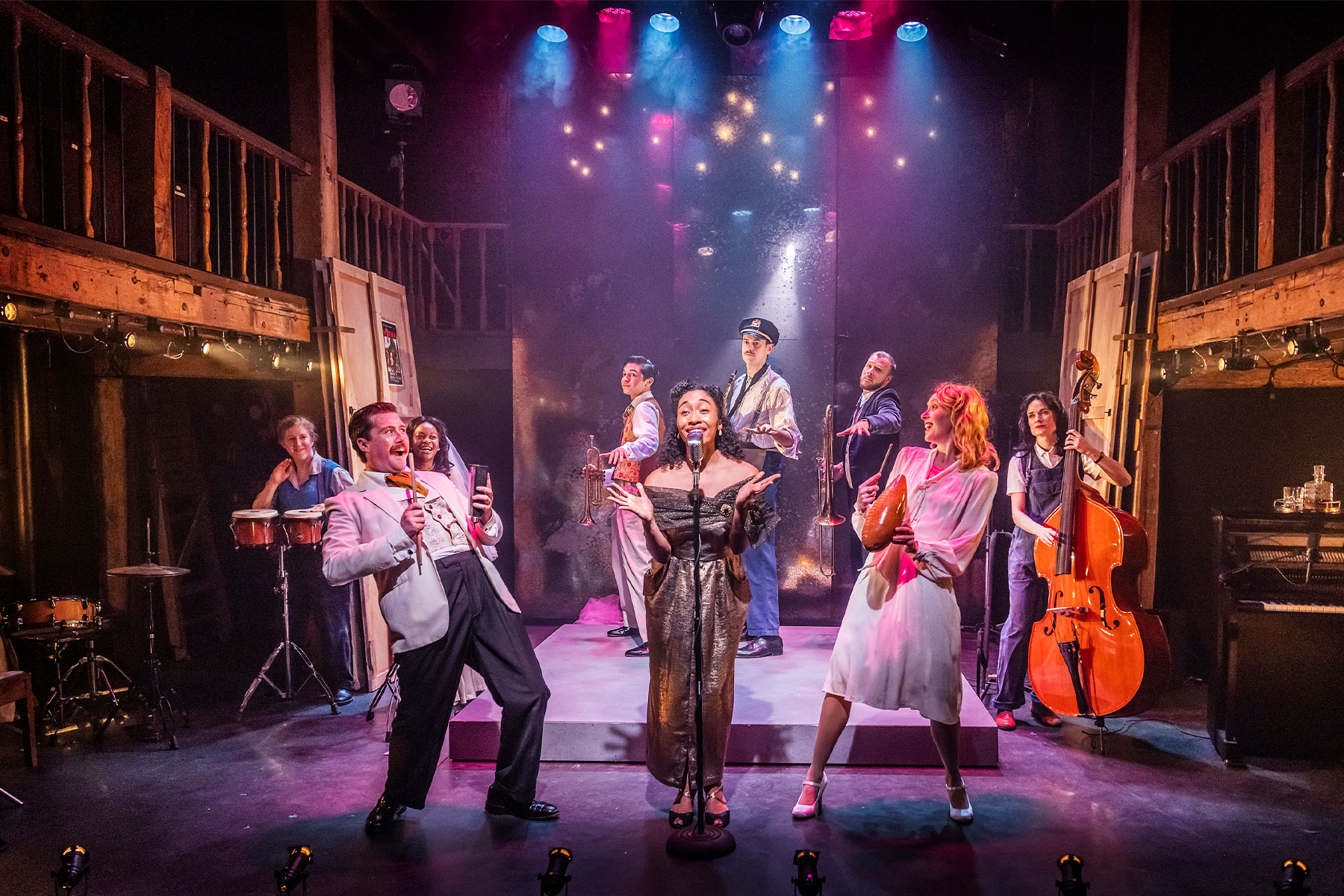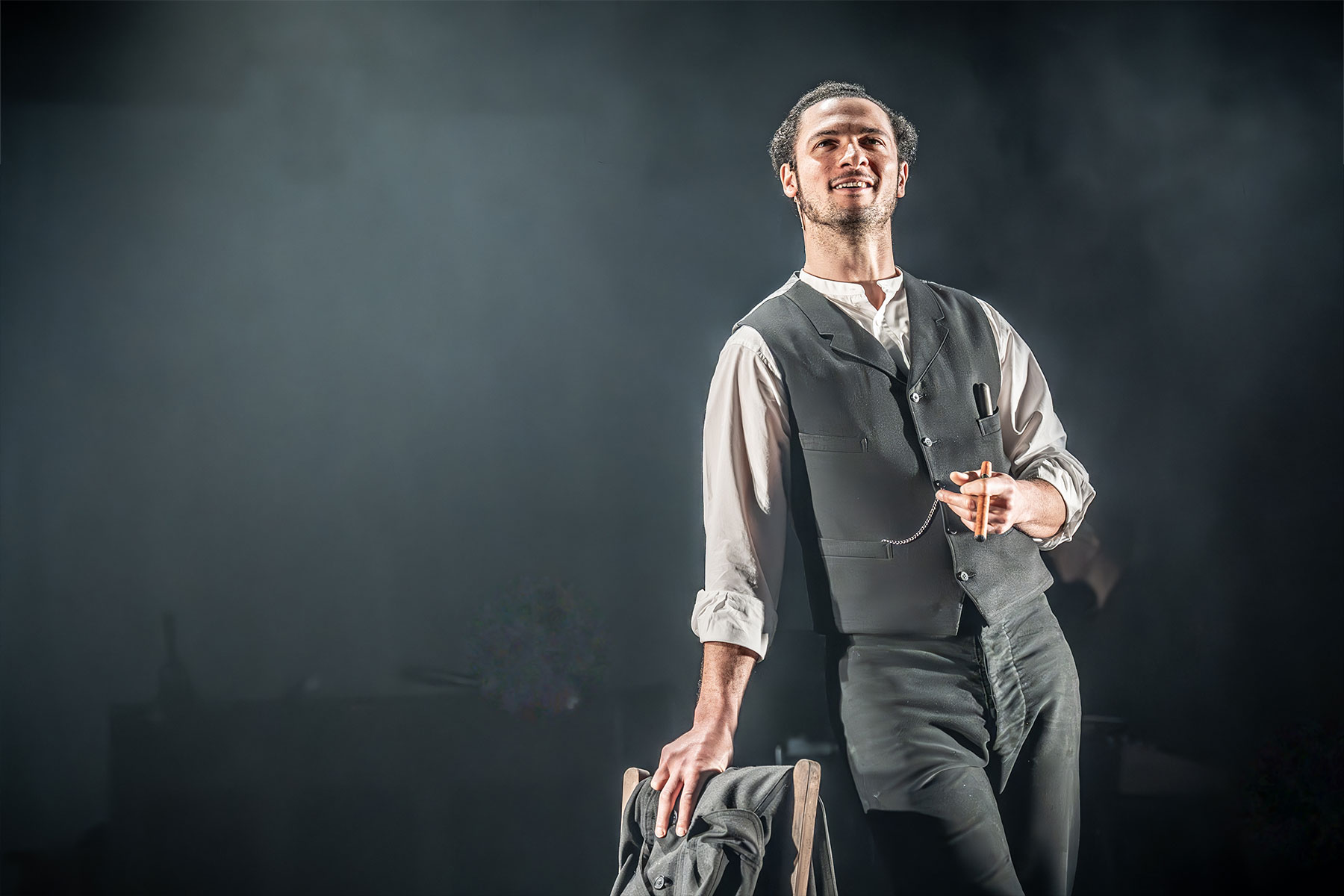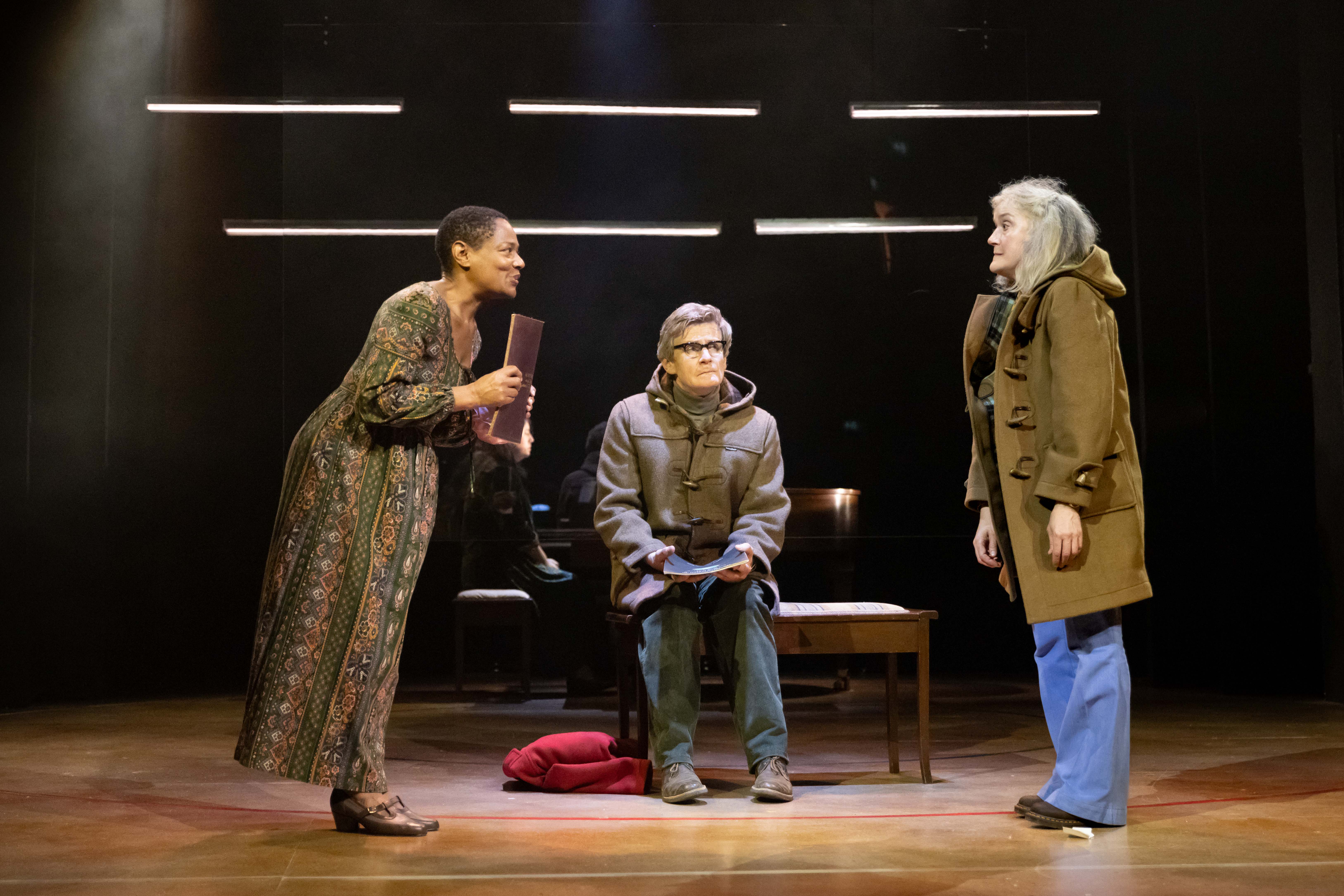The Gospel According to the Other Mary (London Coliseum)
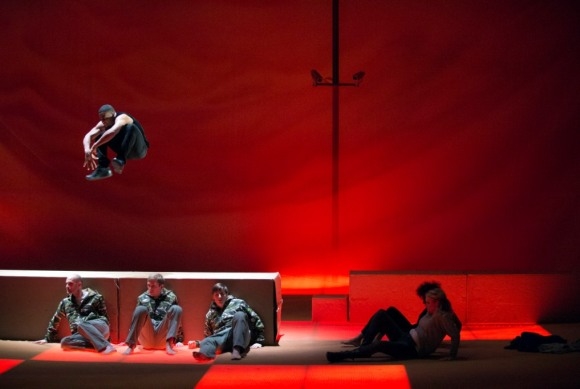
© Richard Hubert Smith
Peter Sellars has provided composer John Adams with a text about New Testament events that’s almost startling in its reverence. Act one focuses on the story of Lazarus, act two on the crucifixion and resurrection, with both tales being told from the perspective of Mary Magdalene (Patricia Bardon).
Anyone who still identifies Adams’s name with American minimalism really hasn’t been paying attention. He was never a fully paid-up member of it anyway, and in Gospel he produces near-miracles of original musical drama. Here, dense, dance-like sorrows depict a woman in pain; there, in starker moments, intense tonal cross-rhythms collide and clash; later, sweeping string adagios make way for bold animal percussion. These mesmerising orchestrations are delivered with emphatic conviction by a fired-up English National Opera Orchestra under Portuguese conductor Joana Carneiro.
If Adams’s musical idiom is entirely its own, it nonetheless sits in a line of American descent from Copland and Bernstein, albeit spiced with echoes of Messiaen and, in the narrated depiction of Jesus by a trio of counter-tenor Seraphim, the Benjamin Britten of Abraham and Isaac. It’s a rich and riveting score.
Sellars keeps things simple, but that doesn’t mean it's arid; anything but. The raising of Lazarus from the dead is achieved with the kind of lo-tech stagecraft that only a master director can contrive. You can keep your helicopters: this is a proper coup de théâtre and wild horses wouldn’t drag from me how it’s done.
'magical sounds issue from the instruments'
Within George Tsypin‘s timeless sand-and-canvas designs modern elements intrude to remind us that the Middle East is as troubled now as it was two thousand years ago. Razor-wire fences and surveillance cameras enclose a cardboard city of dispossessed people, but there is nothing literal about anything we see. Bardon’s character is doubled by a mime (Stephanie Berge) – her daemon, in a way – while the Angel Gabriel is a flex dancer, Banks, whose phenomenal body-popping should carry a strobe warning. Why is he not deemed worthy of a biography in the programme, or indeed any of the other silent cast members?
Alongside a superbly committed ENO Chorus there’s sensational singing from Irish mezzo Bardon and a predominantly American cast. Those counter-tenors, Daniel Bubeck, Brian Cummings and Nathan Medley, blend with the authority of singers who have performed this music together many times on the concert platform. Striking contralto Meredith Arwady is an affirmative Martha and Russell Thomas, a WhatsOnStage Opera Poll nominee last year for the Royal Opera’s Simon Boccanegra, again demonstrates the stellar calibre of his tenor voice as the sung incarnation of Lazarus.
It’s hard to see The Gospel According to the Other Mary as a masterpiece – the interpolation of recondite contemporary poems is asking for trouble in an art form of opera’s immediacy, while the lack of any shred of humour suggests it’s weighed down by worthiness – but strengths outweigh shortcomings. Even the one scene that falls flat, a depiction of Golgotha that smacks of Hollywood gothic (similar to the equivalent scene in Jesus Christ Superstar where it’s done faster and rather more convincingly), nevertheless offers aural excitement as magical sounds issue from the instruments. And while we’re about it: is there a better-sounding orchestra pit in Britain, Coli-knockers?



